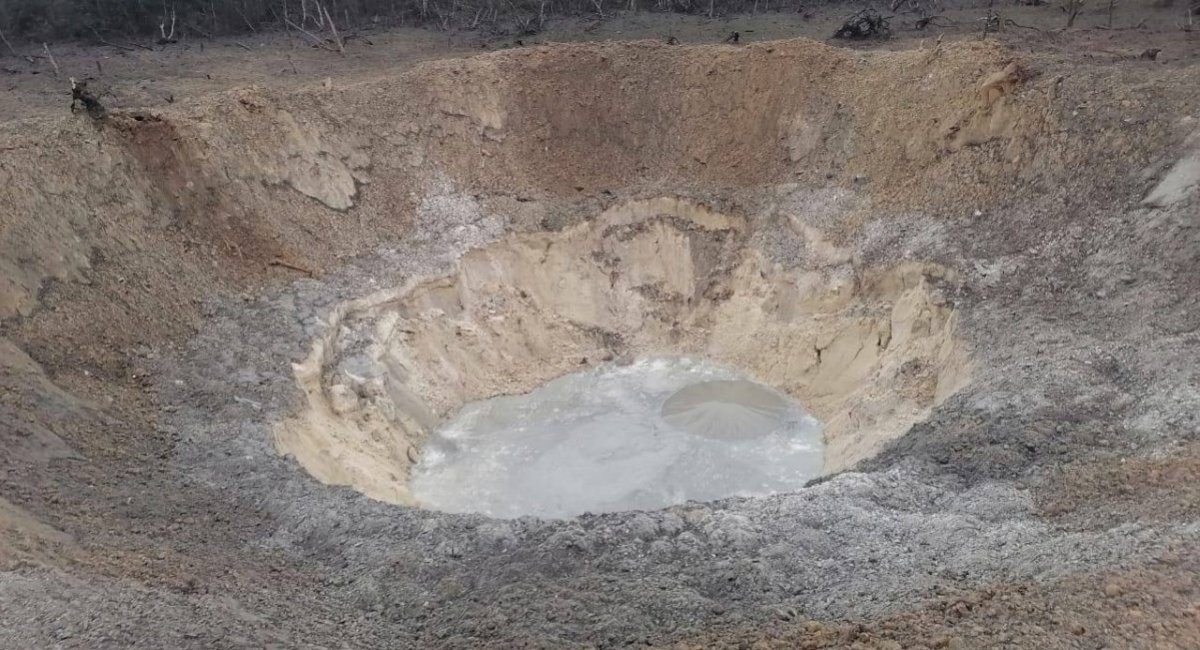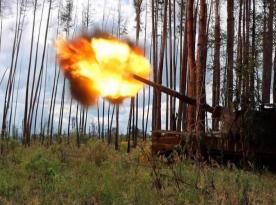After the missile shelling of Ukraine, launched by russian invasion forces on February 15th, some local media started stating that an impact crater left by a fallen russian missile was created by a KN-23 ballistic missile supplied by North Korea. The blast pit 8–10 meters wide, with all surrounding greenery burned away in a 40-meter radius, was found in the town of Bucha, less than 30 km from the capital city of Kyiv.
The conclusion on the type of missile was based solely on the size of the crater, and the source referenced by those media is Defense Express, prompting us to clarify that information.
Read more: russians Carry Out Another Terrorist Attack Against Peaceful Cities of Ukraine on February 15
In reality, the Chief Editor of Defense Express, Oleh Katkov, was interviewed by Informator.ua on this matter. Answering a direct question whether the size of the pit can describe the force of impact, he noted:
"Yes, the pit is large but there is a number of aspects. First of all, the size of the crater depends directly on the soil. If the soil is sandy, the crater will be larger than if it was stony. It also depends on the trigger mechanism. If the warhead detonates after burying itself into the ground, the crater will be, once again, larger. There are many variables, too: even the temperature of the soil affects that," Katkov said, as quoted by the source, translation by Defense Express.
The media also mentions that an anonymous source in law enforcement had told them it was a North Korean missile. Meanwhile, the Ukrainian Air Force, having repelled the russian air missile attack of February 15th, does not rule out such a possibility. In the immediate air defense report on the following morning, the UAF includes the following among the neutralized air threats: 1 ballistic missile «Iskander-M»/KN-23, suggesting either of those until confirmation.
That is, the crater, photos of which spread through the mass media yesterday, could well be caused by an explosion of a downed KN-23 but it takes more than simply looking at the crater's size to state that for sure.
Furthermore, the real size of a KN-23 warhead and its firepower are unknown to the public, nothing but indirect evidence suggests that it is around 500 kg, a crucial lack of reference data to work with.
Read more: Chronicle of russia's Bloodiest War Crimes in Ukraine in 2023














